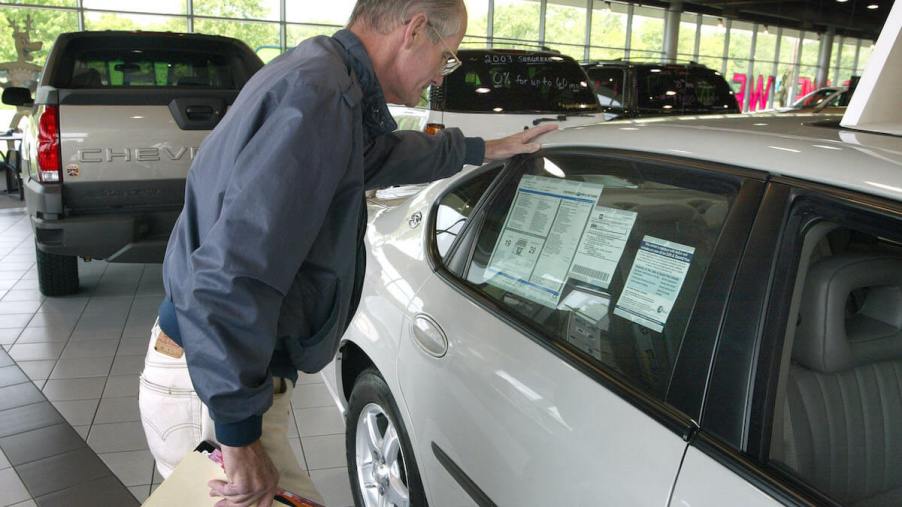
New Study Confirms What Consumers Already Knew About New Cars
There’s no shortage of automotive studies out there. And each is designed to collect and analyze car data to then spot challenges, predict trends, and help consumers make purchasing decisions. Cox Automotive, for example, recently released the findings of its recent study about new car prices.
We dug deeper into the metrics and results of this study. It seems the findings really just reinforced what consumers already knew about today’s new cars. But there’s a little more to unpack, even if it’s just a reaffirming of what everyone suspects about today’s market.
What this Cox Automotive study measures
New cars today are jam-packed with innovative new features, leading technology, and improved safety mechanisms. The materials are of higher quality, too. Add to that the current economy, with supply chain disruptions, higher interest rates, and reduced inventory, and you have ripe conditions for increased car prices.
Cox Automotive’s recent study considered all these metrics when evaluating just how expensive cars today’s cars really are.
If you’re like most consumers, you’re just now re-entering the car market after a three to five-year hiatus. And you’re going to have sticker shock. The study focused on vehicles below $25,000 and those over $60,000.
And the group compared snapshots of new vehicle sales in December 2017 and again in December 2022. The results were sorted into those two groups, outlining models available, volume sold, and share of total sales for each.
In 2017, the total sales of vehicles over the $60,000 MSRP line represented only a 7.8% share. In 2022, that same snapshot showed total vehicle sales represented a 25.2% share. It’s as if the general auto market is adopting luxury market MSRPs.
The primary takeaway consumers should know about new car prices
New car prices are surging, and it’s nothing new. The key takeaway from this study is that now there’s proof of what most consumers already believed. For several reasons, new cars prices are just higher these days. And while you’ve been noticing price hikes over your lifetime of car shopping, now you have the data to confirm your suspicions.
Five years ago, the idea of paying more than $100,000 for a Jeep would have been maddening. But in today’s market, it’s just expected. New vehicle affordability is still going to be a top priority among consumers. And now that the goalposts have moved, you can be prepared to pay more.
How you can stay under budget with new car prices in 2023
Given today’s higher new car prices, there are tips you can rely on to help you keep up with your car budget. Look for just a fair deal, for example, instead of the “steal of a deal.”
If you have a vehicle to trade in, you can also expect to get a little more for it since used values are still high. However, selling your used vehicle outright is going to be a better way to get more cash, according to Click Orlando News. And to avoid overspending, rely on trusted automotive reviews and recommendations for fuel-efficient and value-driven cars.
Overall, many sources advise consumers to be diligent about doing their homework. Don’t opt for more vehicle than you need, and don’t fall victim to impulse buying. And even with all the online resources and tools available, a good old-fashioned test drive is a viable way to try new vehicles.
You already had a sneaking suspicion that new cars were getting more expensive. Now you have the studies to support your theory. Be smart and diligent about choosing wisely and staying on budget. And check back here for all the new car insights you need to make a sound purchasing decision.


